DACF Home → Bureaus & Programs → Maine Natural Areas Program → Communities, Plants, and Animals → Rare Plants → Oxytropis campestris
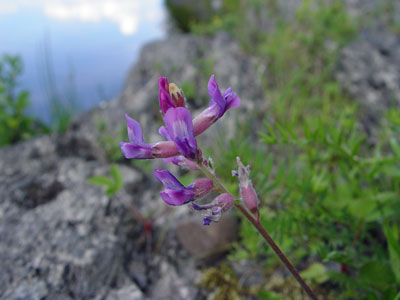
Oxytropis campestris (L.) DC. var. johannensis Fern.
St. John Oxytrope
- State Rank: S1
- Global Rank: G5T4
- State Status: Threatened
Habitat: Calcareous rocks and gravels along St. John River. [Non-tidal rivershore (non-forested, seasonally wet)]
Range: Newfoundland to James Bay, south to the St. John River (New Brunswick and Maine), and Levis County, Quebec.
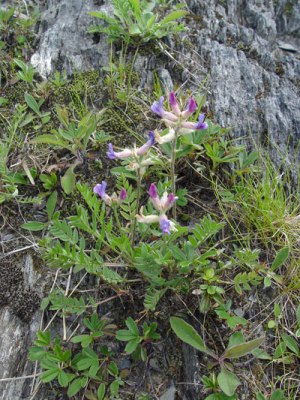
Aids to Identification: This small member of the Pea family is indentified by its leaves bearing 7-31 narrow elliptic leaflets, the lack of an above-ground stem (i.e. leaves all in a cluster), and leafless flowering stalks bearing purple flowers in a 2-4 cm long raceme. The mature fruit is a small, pubescent legume.
Ecological characteristics: In Maine, this species is found along the shore of the St. John River.
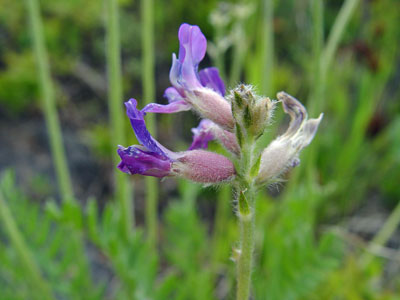
Phenology: Flowers June - July.
Family: Fabaceae
Synonyms: Oxytropis johannensis (Fern.) Heller.
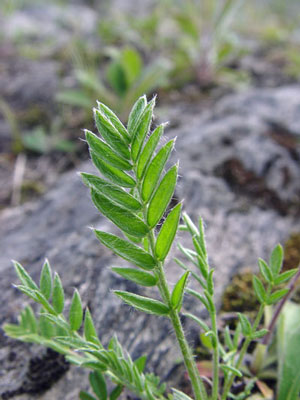
Known Distribution in Maine: This rare plant has been documented from a total of 6 town(s) in the following county(ies): Aroostook.
Reason(s) for rarity: At southern limit of range; habitat naturally scarce.
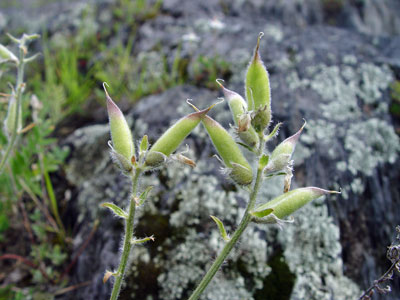
Conservation considerations: Populations could be threatened by heavy recreational use.
For more information, see the Native Plant Trust's Conservation Plan for Oxytropis campestris.